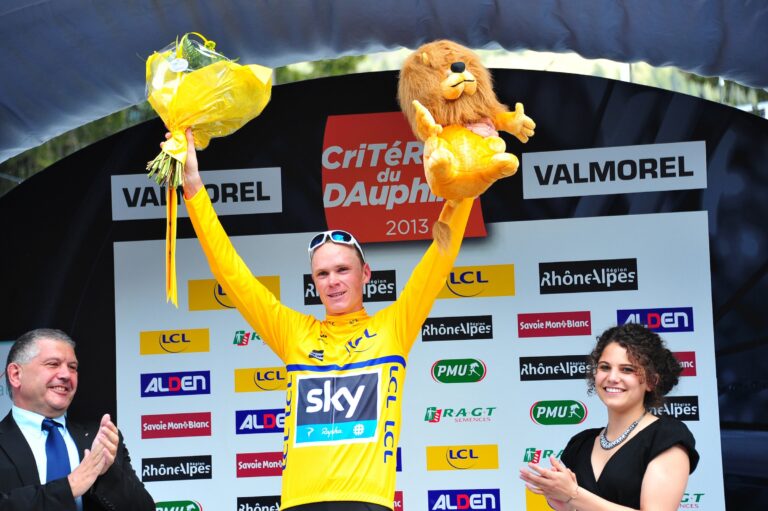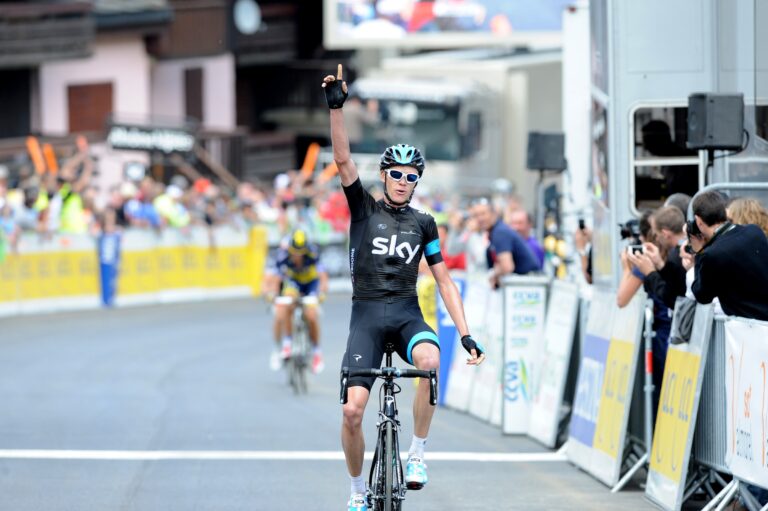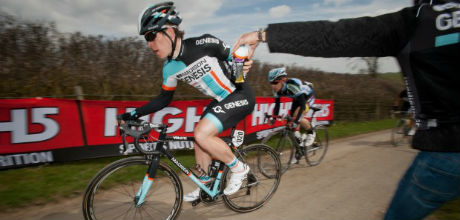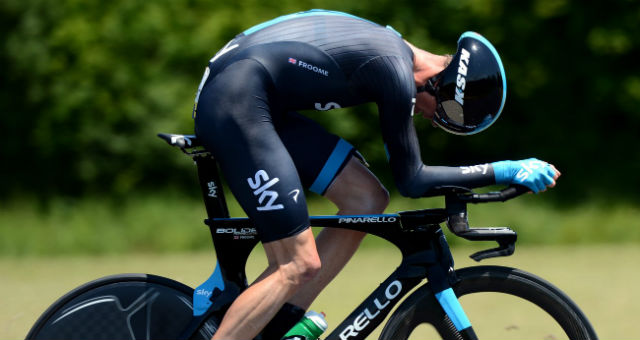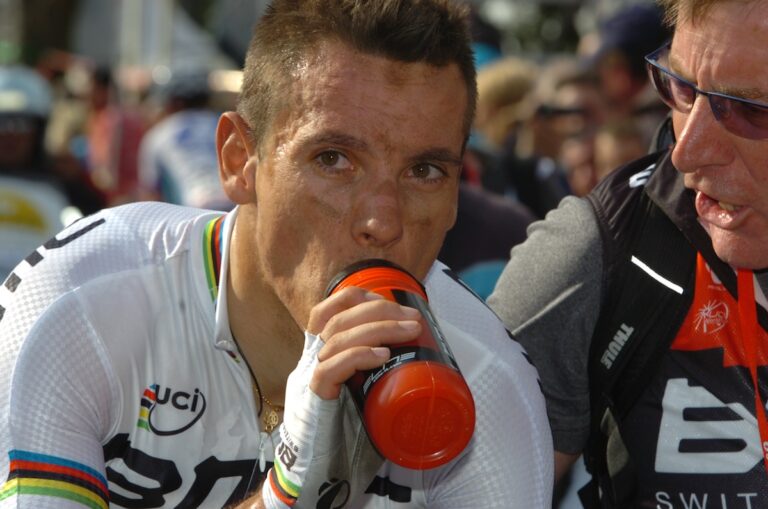The 2013 Etape du Tour packs more than 3,500m of climbing into 130km and a successful nutrition strategy is key if you want to beat the broom wagon.
Nutrition starts now. While it is vital to eat and drink properly on the day of the ride, big gains can be made by developing your food and fluid intake in the run-up to the event.
I’ll be on the Etape start line with thousands of other sportive riders on Sunday July 7 so, with two months to go, I caught up with Tim Lawson, sports nutritionist and founder of Science in Sport. Here are Tim’s top six tips on how to nail nutrition ahead of the Etape. Over to you, Tim.
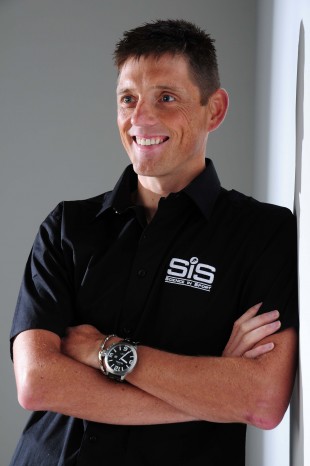
Weight
“Getting your nutrition strategy right takes preparation and you have to work out in advance what works for you – but not on every ride. For a lot of people, the biggest gains that will be made between now and July are in reducing body mass.
That means you can’t be carbing up before every single ride. That’s one of the biggest mistakes that I see amateurs make. They think that because they’re a cyclist, they need to pack their body full of carbohydrate, but it’s difficult to shift that amount of carbs on every ride, particularly if you’re sitting in an office all day. The way to view carbs is as a fuel for hard training, if you are not going to be training hard or long then it’s better to concentrate on lower calorie nutritionally dense foods.
However, it’s always useful to test out your nutrition strategy, perhaps once a week, because if you’re going to race on carbohydrate then you need to keep that machinery working. You need to teach your body how to use the carbs once they’re in there, but it’s a careful balance of doing that without bulking up.
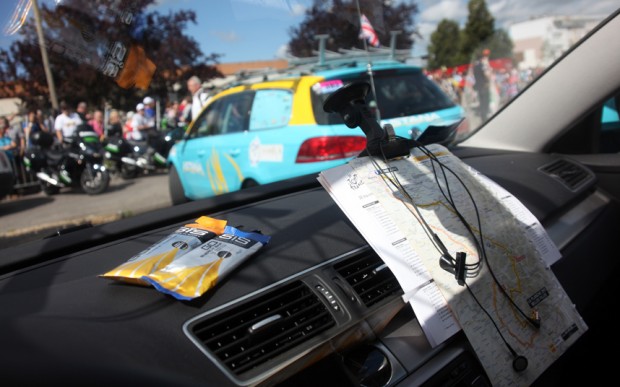
Cut down on alcohol
Beer is the real killer when it comes to body weight. Thirteen pints of beer is the equivalent of one pound of fat. You don’t have to drink them all in one night but you could easily put 13 pints down in one week and not account for the calories.
I’m not advocating that you should stop drinking beer, but for every 13 pints you don’t drink between now and the Etape, you’ll be a pound lighter.
For every 26 pints of beer you miss between now and the Etape, you’ll be approximately one kilogram lighter – and you’ll feel that when you’re climbing.
If you cut out the odd pint – a couple a week – between now and July then that’s an easy way to drop your weight by a kilogram or two, and then, one or two weeks before the event, stop drinking altogether.
Survival kit
A lot of people make the mistake of thinking about what they eat at home and during the ride, but will then go to an overseas sportive without the proper nutrition for before the ride. If you’ve got a long drive to get to a sportive, or you’re staying in a hotel beforehand, you may not have the appropriate food available. So, first things first, make sure you’ve got a survival kit.
Take something small and convenient that travels well so you can get your 200g of carbohydrate the night before and the same again for breakfast on the day of the ride. Sometimes a hotel might promise to look after you but then they’ll give you a croissant and a cup of coffee for breakfast and think they’ve done a great job if you’re off to ride 100 miles in the mountains.
Something that works well if you’re staying in a hotel is fine cut oats with a sachet of high carbohydrate and high protein recovery powder, and some hot water.
Rice cakes, oat cakes and tinned fish also travel well. Alternatively, if you’re able to eat fairly normally you can then top it up with a carbohydrate drink as the amount of carbohydrate is measurable and it’s not going to sit on your stomach like a kilogram of potatoes.
The key is to plan ahead for the evening before the ride and breakfast so you don’t have to eat the supplies you put aside for the ride itself – and so you’re not eating a chicken vindaloo the night before because that’s all that was available.
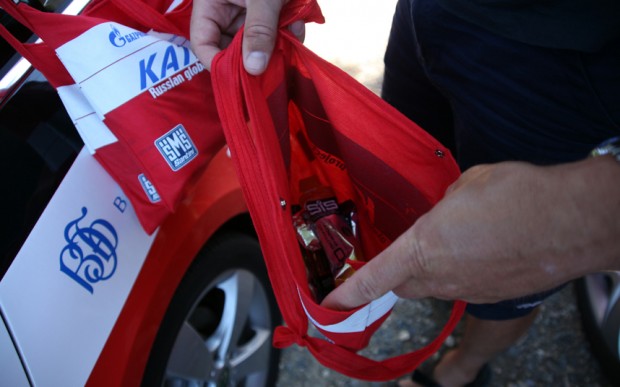
Race-day nutrition
You’re looking to achieve that sweet spot of approximately 60-80g of carbohydrate per hour and you’re going to get that from a mixture of bars, gels and energy drink. Make sure you include everything in that total – including the baguette you couldn’t resist at the feed station or the banana you had in your back pocket.
Remember, that the closer you are to your limit the more you will benefit from the technical products. You tend not to see the pros eating baguettes on the important climb of the day, and when you do they tend to be very small and only to break up the monotony of ‘race food’ when you are racing a good portion of the year.
Think about how you can adapt your nutrition strategy to suit the Etape.
Look at the course profile, work out where the feed stations will be and tweak your nutrition strategy based on that. Take an energy gel early on a long climb, recover with an energy bar on the descent.
Pace yourself. The idea is to finish well, so don’t race out of the blocks, keep it very steady on the opening climbs and keep fuelling. Riding above threshold will quickly eat into carbohydrate stores.
Hydration
The aim is to drink between 400ml and 600ml per hour, although European sportives can often be very hot in the middle of the summer so it is likely you will need to drink more. Thirst will tell you if you need to drink more and prepare to be flexible depending on the weather.
Take two 750ml bottles and fill up whenever you get the chance. Carbohydrate depletion and dehydration are two of the major causes of fatigue on a big ride but both can be overcome by using carbohydrate formulas and electrolyte tablets.
You will lose a lot of minerals through sweating. You can replenish them by adding a tablet to your water bottle containing key electrolytes like sodium, potassium, magnesium, chloride and calcium.
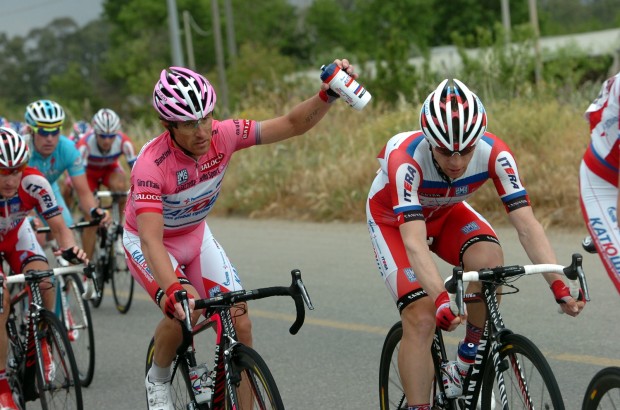
Recovery
Any kind of training ride that’s likely to cause an adaptation in your body means it’s worth thinking about post-ride nutrition. You need protein to take care of muscle repair, carbohydrate for refuelling, and the combination of both works to protect your immune system. Training is the stimulus but not much happens until you put the nutrition in. Your body needs the nutrition to adapt and make it stronger. Unless you’re body has the nutrition to feed off, not a lot happens, and you can cover those bases with a recovery drink.
As for post-event recovery, once you’ve crossed the finish line it goes without saying that you should use a really good recovery drink. The sooner you take it, the better. Water alone isn’t enough for rehydration, you need to have the salts in there from an electrolyte table, otherwise the water will go straight through you and that’s not the best way for your muscles to recover.
You could cover all that with real food but actually it’s better to take your recovery drink, get every base covered, and then have a pint to celebrate, in my opinion. Get your recovery drink in before you start celebrating, though, because there are no electrolytes in beer.”
Tim Lawson founded Science in Sport in 1992. SiS is official sports nutrition supplier to Astana, Blanco Pro Cycling, Katusha, Rapha Condor JLT and Madison-Genesis.
RoadCyclingUK’s George Scott is riding the Etape du Tour with Sports Tours International, who offer a comprehensive range of cycling tours and holidays, as well as packages to European sportives including the Etape du Tour, La Marmotte and the Paris-Roubaix Challenge.

